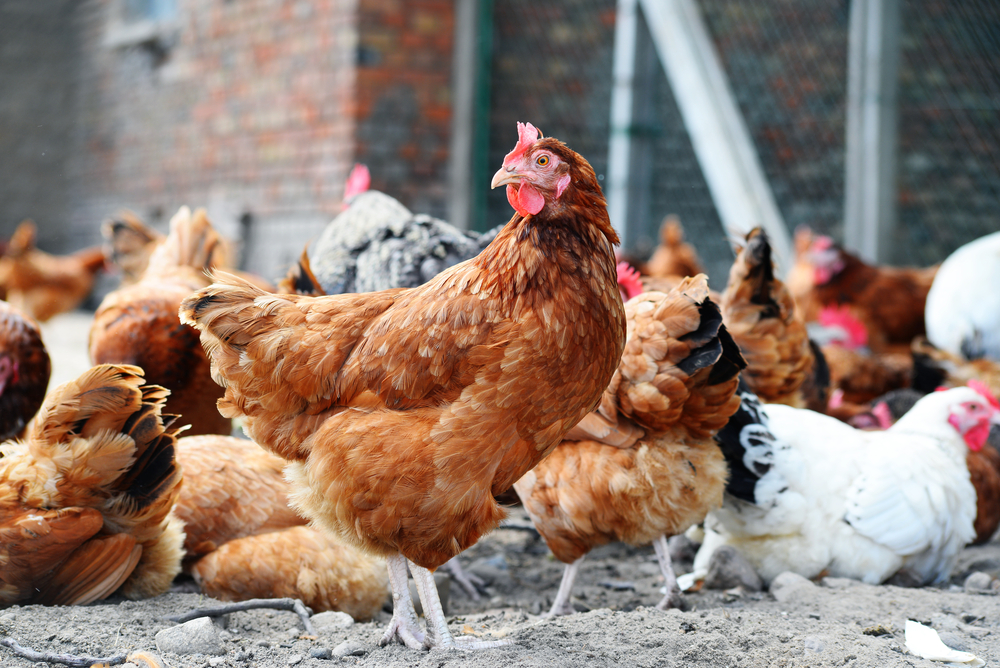
Veterinary Association Reveals Nigeria Loses N4.5bn To Newcastle Disease Yearly

The Nigerian Veterinary Medical Association (NVMA) has revealed that Nigeria loses N4.5 billion yearly due to Newcastle disease, mainly because of insufficient veterinary services.
Dr. Moses Arokoyo, President of the NVMA, disclosed this in Abuja on Tuesday.
He explained that Newcastle disease, which is highly contagious among poultry, is caused by paramyxovirus.
Dr. Arokoyo said the disease mainly affects chickens, turkeys, geese, ducks, pheasants, partridges, guinea fowl, and wild and captive birds like ostriches, emus, and rheas.
He stressed that the financial losses from the disease could have been invested in productive ventures or development projects if better veterinary services were available in rural areas.
He also stressed the need for veterinarians, saying that they are crucial for reducing animal diseases in Nigeria.
However, according to Dr. Arokoyo, the profession receives inadequate attention, leading to preventable disease losses.
He lamented that the current ratio of one veterinarian to 3,000 or 4,000 animals is insufficient to manage the country’s disease burden and ensure nutritional security.
He said that 75% of emerging and re-emerging diseases originate from animals, and unless more veterinarians are employed and deployed to remote areas, zoonotic diseases will continue to escalate.
Dr. Arokoyo advised that to address these issues and secure food supply; more veterinarians need to be hired, trained, and empowered.
Newcastle Disease
Newcastle disease (ND) is highly infectious and affects poultry and other birds.
It is caused by virulent strains of the ND virus, leading to varying symptoms and high mortality rates, especially in young birds.
The disease can affect the respiratory, digestive, or nervous systems, and symptoms can include quietness, depression, reduced feed/water intake, abnormal eggshells, respiratory distress, diarrhoea, and nervous signs like tremors and paralysis.
The disease is transmissible to humans, though most cases are non-symptomatic. Rarely, it can cause a mild fever, influenza-like symptoms and conjunctivitis (pink eye due to infection or allergies) in humans.
Newcastle disease was first identified in Java, Indonesia, in 1926 and Newcastle upon Tyne, England, in 1927.
However, it is said that the disease may have been prevalent as early as 1898, when a disease wiped out all the domestic fowl in northwest Scotland.
About The Author
Related Articles
Tinubu Pushes AU-EU Summit-Led Security Strategy as Nigeria Rejects Mercenaries
Nigeria’s decision to reject the use of private military contractors sits at...
ByWest Africa WeeklyNovember 26, 2025Zamfara’s Mass Wedding Raises Fresh Alarm About Welfare, Religion, and the Rights of the Girl Child
The Zamfara State Government has once again sponsored a mass wedding programme,...
ByWest Africa WeeklyNovember 26, 2025Tinubu Accused of Quietly Engaging and Negotiating With Terrorists as Hostages Are Freed Without a Single Arrest
In a dramatic turn after a week of mass kidnappings across Nigeria,...
ByWest Africa WeeklyNovember 26, 2025Tinubu Under Fire as Brigadier General Musa Uba and Soldiers Receive No Ceremony While Gumi, Protected by the State, Advocates Leniency for Terrorists
The administration of President Bola Ahmed Tinubu faces a painful crisis of...
ByWest Africa WeeklyNovember 24, 2025











